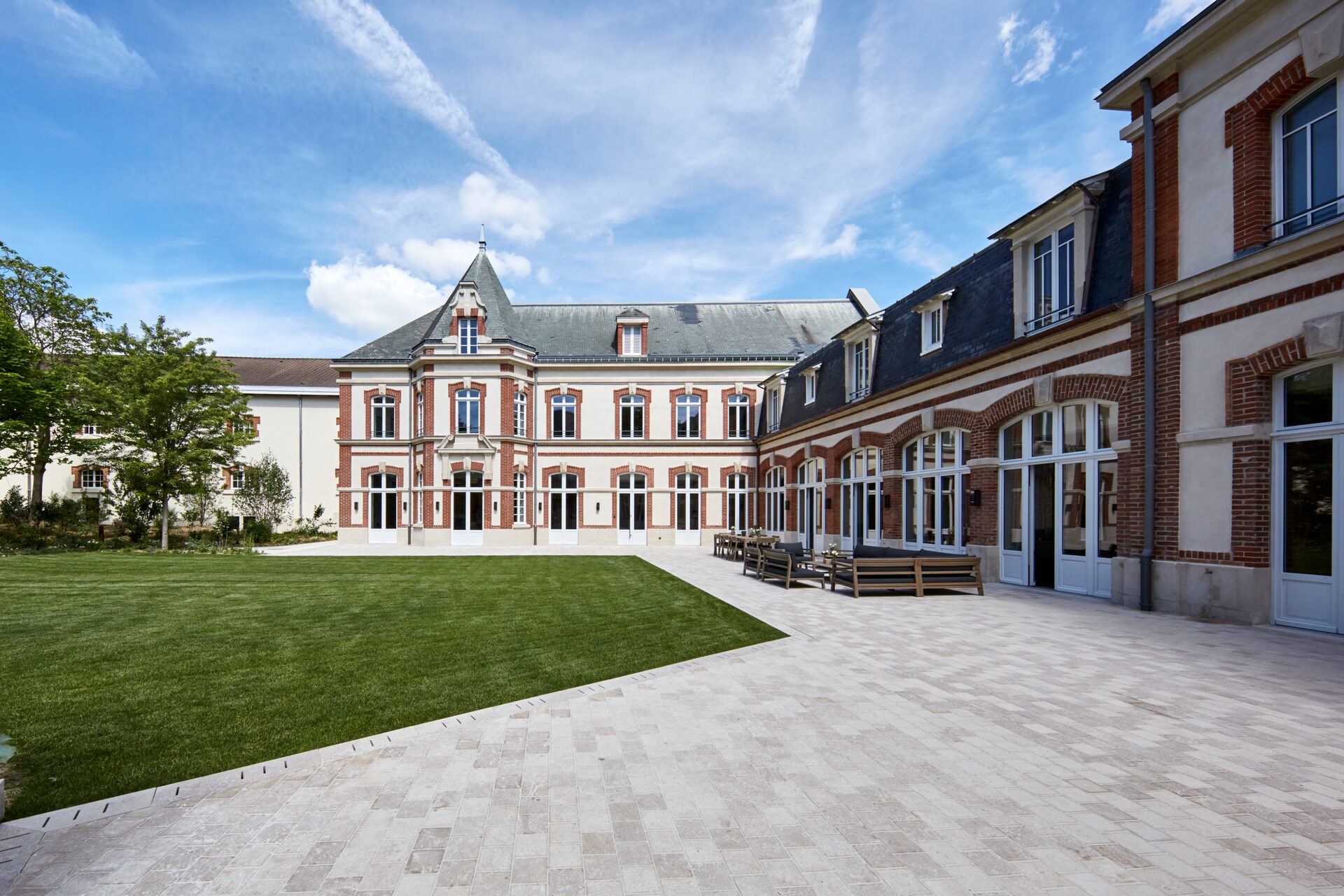
Since 1843, six generations of the Krug family have perpetuated this dream, enriching the Joseph Krug’s vision and savoir faire. Today, the Family House welcomes Krug Lovers from around the world to take a sensorial journey around Krug Champagne.
What are the 12 greatest wine estates in the world? A subjective question, surely. Lewis Chester doesn’t think so. The British financier and founder of the Golden Vines awards kicks off a series where he outlines for LUX his golden dozen, the most collectible wine estates from the world’s major regions. For the first instalment, he pays homage to Krug, the revered champagne house owned by LVMH
Why begin my personalised list of the World’s Best 12 Fine Wine Estates with Maison Krug? As a fine wine collector for almost twenty-five years, I have collected more bottles of Krug than any other wine: more than 1,500. More importantly, I drink more bottles of Krug than any other wine – every Friday night with my family at a minimum. My middle daughter, Anoushka, was just twelve years old when she developed a craving for Krug. Maggie Henriquez, at the time the Maison’s President & CEO, found out about Anoushka’s love of Krug and invited her and her friends to celebrate her future eighteenth birthday party at the estate!
Follow LUX on Instagram: luxthemagazine
Krug evokes class and sophistication. In 2012, the late, great Paul Pontallier invited me to an 8-hour marathon lunch in the great salon of Château Margaux, one of the five left-bank First Growths. On arrival, Paul – the Château’s estate manager – served me a glass of Krug Grande Cuvée, the multi-wine non-vintage blend that Krug lovers around the world imbibe on a regular basis. At around 7pm, after having consumed six bottles of Margaux and a bottle of cognac, I asked Paul why he had chosen to serve me Krug: “We, at Château Margaux, want our guests to consider our wines as being at the same level as those from Maison Krug”. Wow! What an endorsement. Many years later, I would be told something quite similar by Don Weaver, the estate manager at Harlan Estate in Napa Valley, when he met me at the winery door holding two glasses and a cold bottle of Krug Grande Cuvée.
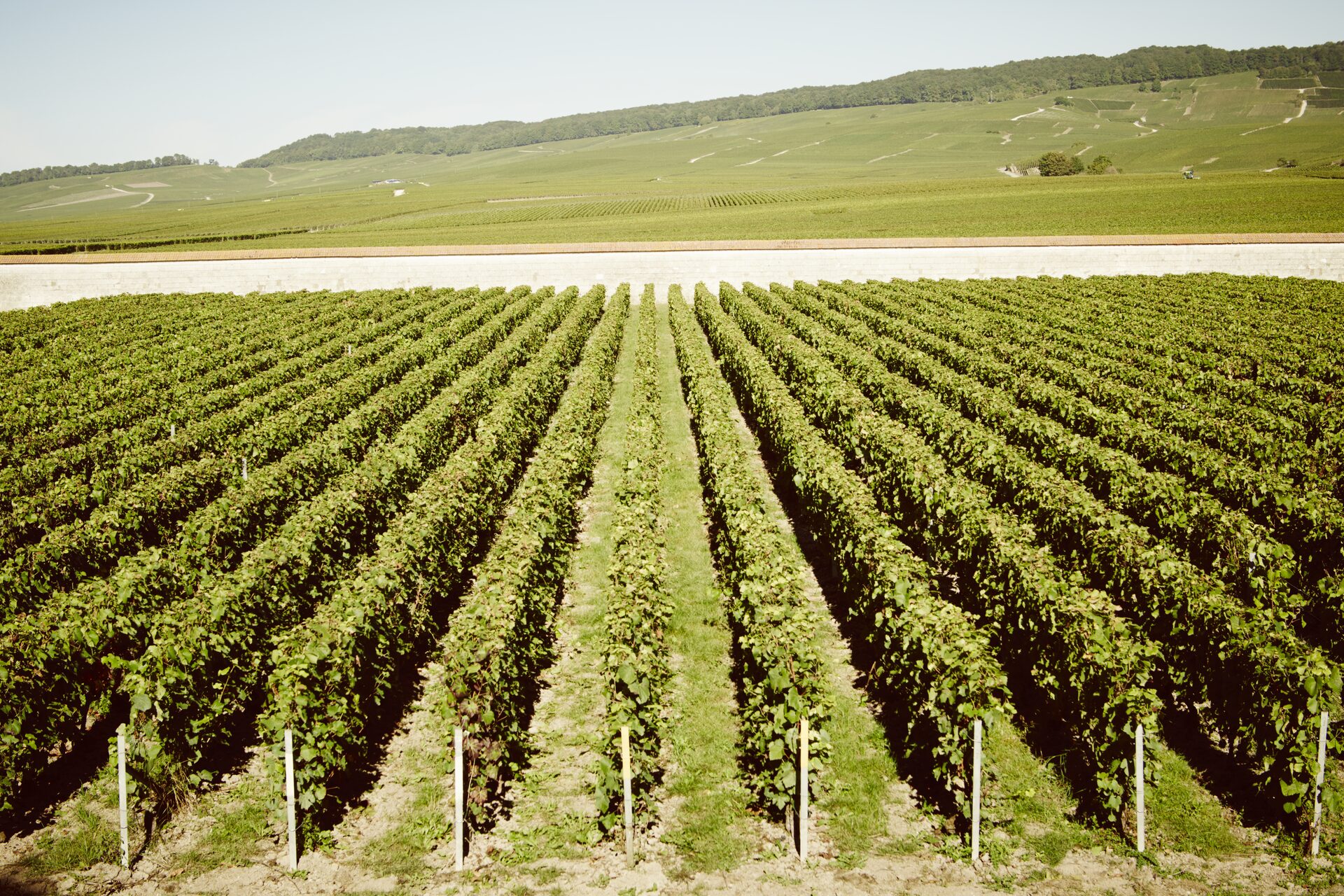
Joseph Krug did not believe in hierarchies between his Champagnes, clearly written in his personal notebook in 1848. Today the House offers seven Champagnes, all of the same undisputed quality, each illustrating a different expression of Nature.
Krug ages forever. Along with Grande Cuvée, the ‘cheapest’ wine in the Maison’s range at around £200 per bottle, the Maison produces a vintage bottling in good years, as well as a formidable non-vintage Rosé, and a rare ‘Collection’ version of its vintage champagnes (only available to private clients). For those willing and able to pay thousands of pounds per bottle, they also produce – in miniscule quantities – a single-vineyard Blanc de Blancs (Chardonnay) wine, Clos du Mesnil, and a single-vineyard Blanc de Noirs (Pinot Noir), Clos d’Ambonnay.
Known for having wines that are generous on the palate, with huge complexity helped by ageing in wooden barrels, Krug is somewhat opposite in design to its LVMH stablemate, Dom Pérignon, which is known for its reductive style of champagnes. Unlike Dom Pérignon, Krug makes less than a tenth of the volume of wine, although getting the exact production figures from either Maison is as difficult as getting your hands on Russia’s nuclear launch codes.
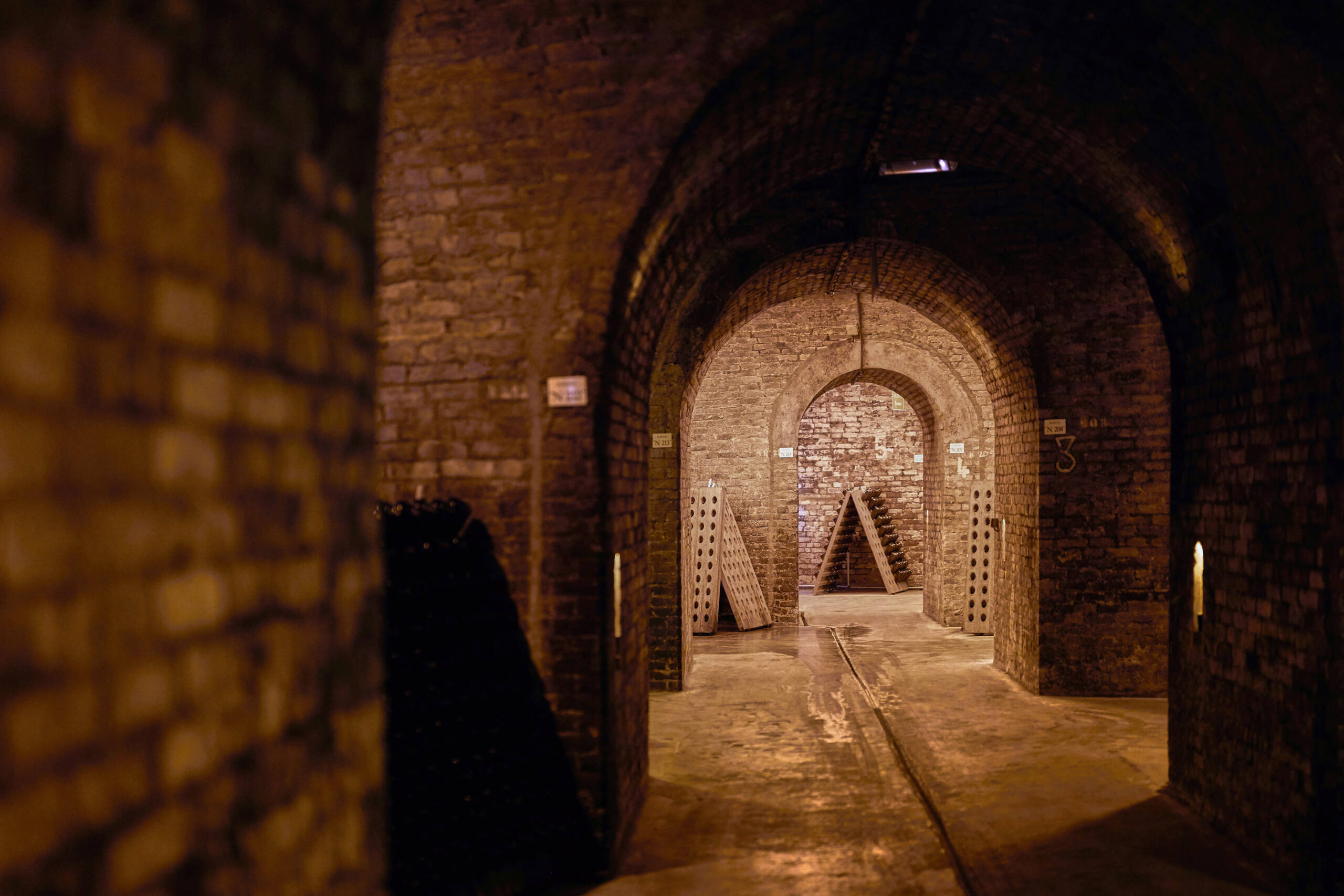
Olivier Krug, the sixth generation of the Krug family and Director of the House welcomes Krug Lovers from around the world to the Family House in Reims.
The Maison was established in Reims in 1843, by Joseph Krug, a true visionary non-conformist with an uncompromising philosophy for quality. Joseph’s novel idea was to craft the very best Champagne he could offer, every single year, regardless of annual variations in climate – rather than bottling a wine only in good vintages. He also introduced the idea of building an extensive library of reserve wines from many different years to craft the perfect blend. Six generations of the Krug family have continued Joseph’s work, with Olivier Krug being the latest in a long line of family members to be working at the estate which has been owned by LVMH since 1999.
The most recent innovation at the estate was numbering each bottling of Krug Grande Cuvée with an ‘Edition’ number. In 2016, Edition 163eme was launched, representing the 163rd annual bottling of Grande Cuvée from the time of Joseph Krug’s first vintage in 1844. Krug Rosé edition numbers shortly followed suit. Collectors can use the Krug app to quickly find out what and how many wines comprise any given Edition number, and even what music ensemble to pair with the wine. For instance, the most recent release, 171eme Edition, is blended with 131 wines from 12 different years (2015 all the way back to 2000), made up of 45% Pinot Noir, 37% Chardonnay and 18% Meunier grapes. Julie Cavil, the Chef de Cave, recommends enjoying this Krug with Joseph’s Theme: Dream Variation (composed by Kazu Makino et al).
Read more: A tasting of Drouhin’s fine Burgundies
Lewis’s Best 3 Wines from Maison Krug
Krug, Clos du Mesnil, 1979: the first vintage from this iconic single vineyard, it ranks as one of the best three wines I have ever tasted from any estate. Aromas of roses and petals, and a finish that ran for several minutes in the mouth. Worldclass.
Krug, Clos du Mesnil, 2002: although still a relative puppy, I am convinced that the 2002 vintage will last for another twenty-plus years and be considered alongside the 1979 vintage as a legendary wine.
Krug, Vintage 1988: if you can find a bottle that has been stored well, the wine will be remarkably fresh, vibrant and complex, and I guarantee that it will blow your socks off.
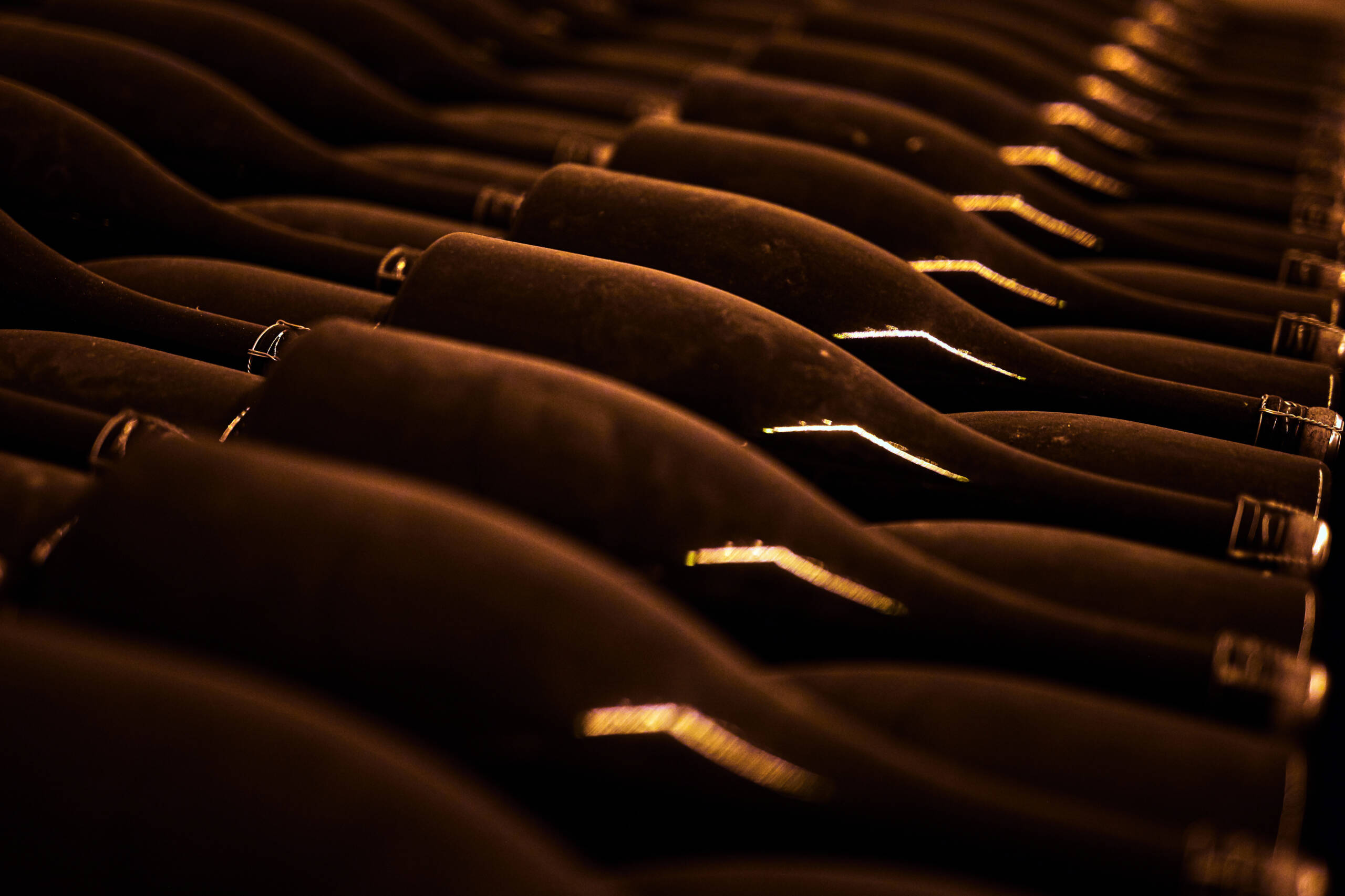
Each year, Krug’s Cellar Master auditions 250 wines of the year and 150 reserve wines when creating a new Édition of Krug Grande Cuvée
The 2024 edition of the Golden Vines awards will take place in Madrid between October 25-27 2024. liquidicons.com




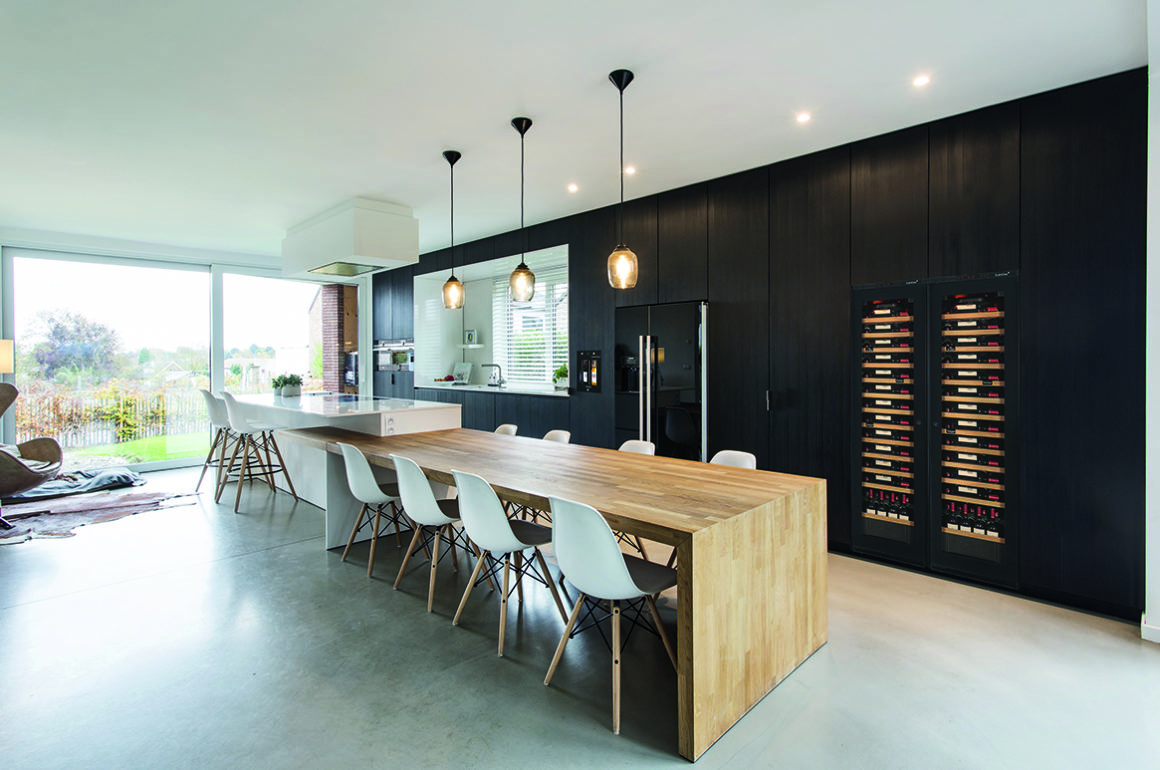
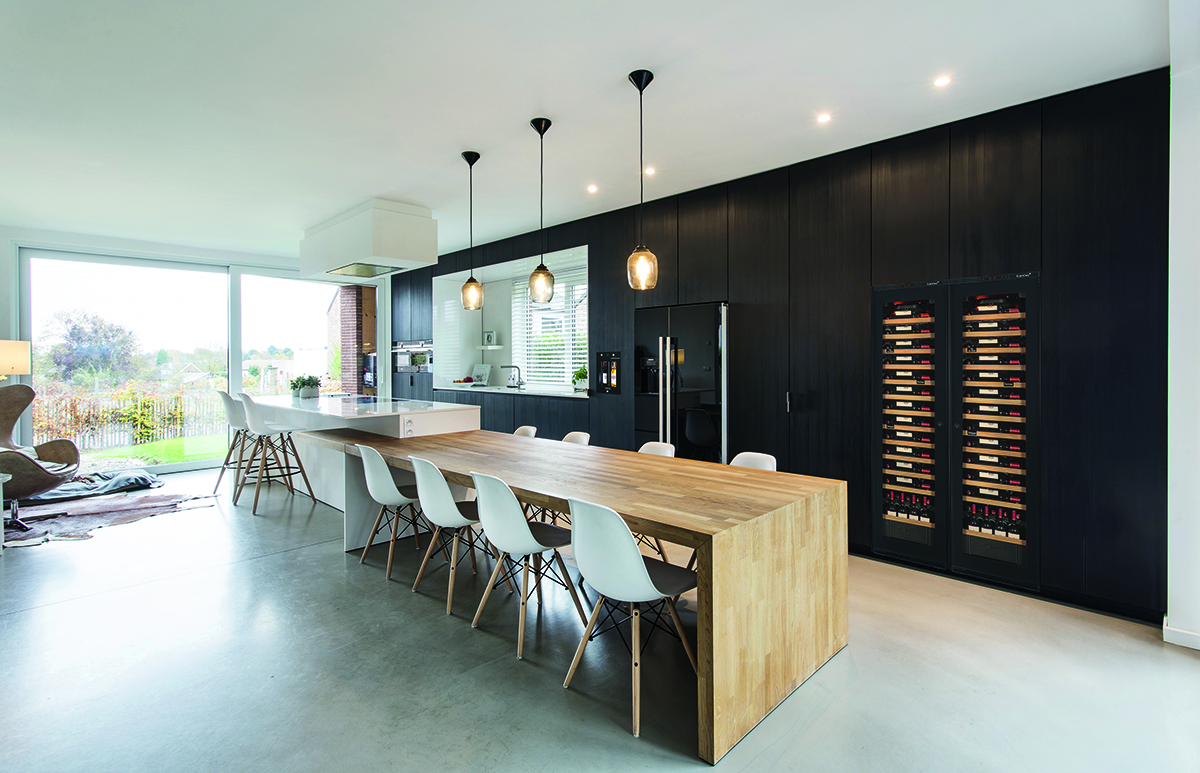
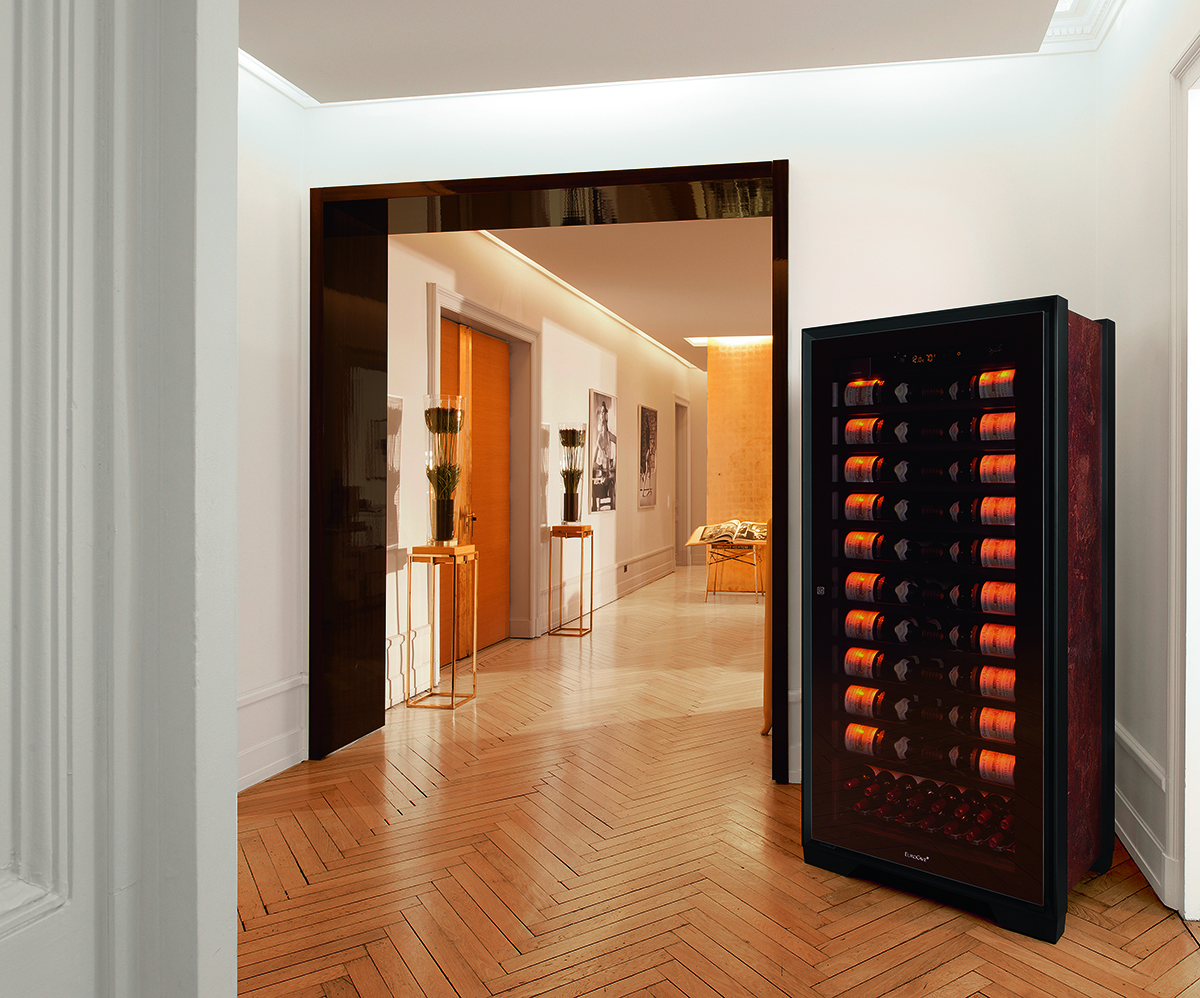
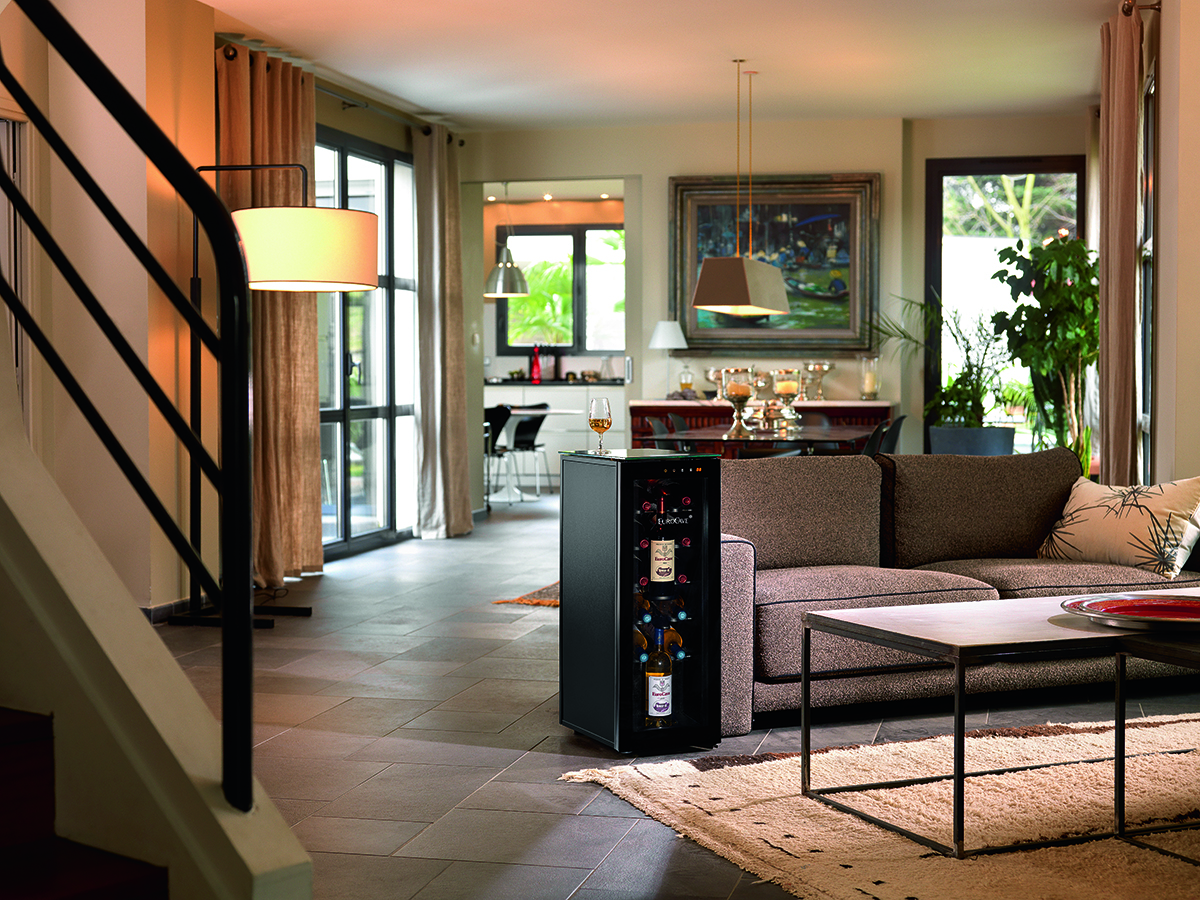





Recent Comments